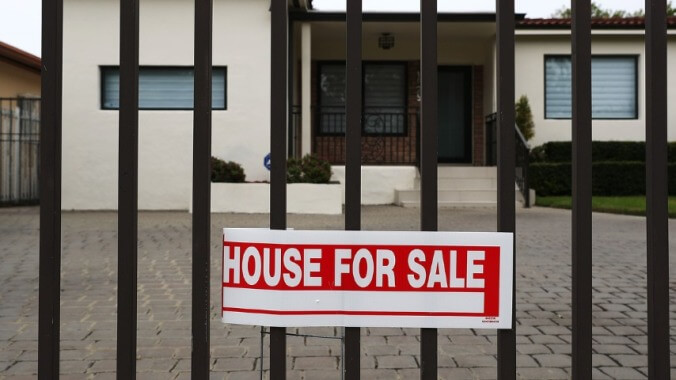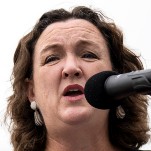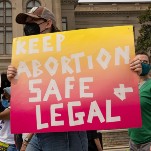New Research Shows People Are Moving Out of Abortion-Banned States
Almost 129,000 people have moved out of abortion-banned states since Dobbs v. Jackson Women’s Health, according to a new study.
Photo: Getty Images AbortionPolitics
In the 2.5 years since the Supreme Court struck down a federal right to abortion in the Dobbs v. Jackson Women’s Health ruling, research has shown that state abortion bans are impacting where young people are choosing to go to college, and where doctors and medical students are open to practicing medicine. Throughout 2023—the first full year after Dobbs—171,300 patients had to travel out-of-state to receive in-clinic abortions.
Now, a new analysis from economists at Georgia Institute of Technology and The College of Wooster, published this month by the National Bureau of Economic Research, shows people are moving out of states that have banned abortion post-Dobbs.
Economists tracked migration within the 13 states that enacted total abortion bans shortly after Dobbs in June 2022. Their tracking spans from July 2018 to June 2023. They found that these states collectively lost 36,000 per quarter after Dobbs. Almost 129,000 people moved out of abortion-banned states from June 2022 to June 2023, researchers found. This was calculated using the difference between the number of people leaving the states versus those migrating into the state.
-

-

-

-

-

-

-

-

-

-

-

-

-

-

-

-

-

-

-

-

-

-

-

-

-

-

-

-

-

-

-

-

-

-

-

-

-

-

-

-








































